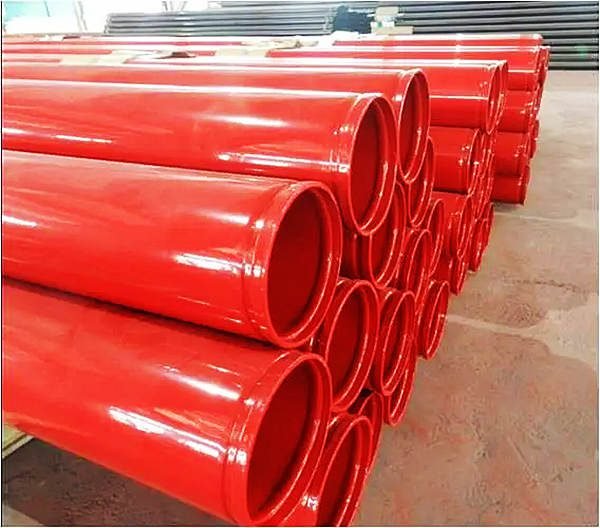the different types of fire fighting pipes
Among the various fire fighting pipes, tools play a crucial role in delivering water or other extinguishing agents to combat fires. In this blog post, we will delve into the different types of fire fighting pipes commonly used today. Understanding their characteristics, applications, and advantages can help us appreciate the importance of selecting the appropriate pipe for specific firefighting scenarios.Firefighting is a critical aspect of emergency response, and having the right equipment is essential for effective fire suppression.
Rigid Steel Pipes :
fire fighting pipes are widely used in firefighting due to their durability and high resistance to heat and pressure. These pipes are typically made from carbon steel and are available in various diameters and lengths. They are known for their strength and ability to withstand extreme conditions, making them suitable for both indoor and outdoor firefighting systems. Rigid steel pipes also provide excellent flow rates, ensuring an adequate water supply to tackle intense fires. However, they require skilled labor and specialized tools for installation, which can make them more expensive compared to other pipe options.

Flexible Reinforced Hoses
Flexible reinforced hoses offer versatility and ease of use in firefighting operations. Made from synthetic materials such as polyurethane or rubber, these hoses are lightweight, flexible, and resistant to abrasion. They can be easily maneuvered around obstacles and are ideal for reaching confined spaces. Flexible hoses are commonly used in portable fire extinguishers, standpipe systems, and fire hydrant connections. Their flexibility allows for quick deployment during emergencies, enabling firefighters to respond swiftly. However, they may have lower flow rates compared to rigid pipes, and their lightweight construction may be less durable in harsh environments.
Thermoplastic Pipes (150 words):
Thermoplastic pipes, such as polyvinyl chloride (PVC) and chlorinated polyvinyl chloride (CPVC), are popular choices for firefighting applications. These pipes offer excellent corrosion resistance, making them suitable for both wet and dry fire suppression systems. They are relatively lightweight, easy to install, and cost-effective compared to rigid steel pipes. Thermoplastic pipes are commonly used in sprinkler systems, fire hydrant networks, and underground fire mains. However, their lower melting point limits their application in high-temperature environments, and they may require additional protection against UV radiation when used outdoors.
Composite Pipes :
Composite pipes combine the advantages of different materials to create a versatile firefighting solution. They typically consist of an inner lining, reinforcement layer, and protective outer coating. The inner lining can be made of materials such as thermoplastics or rubber, providing corrosion resistance and smooth flow. The reinforcement layer, often composed of fiberglass or carbon fiber, offers strength and structural integrity. The outer coating protects the pipe from external factors like UV radiation and mechanical damage. Composite pipes are known for their lightweight construction, ease of installation, and resistance to corrosion and chemicals. They find applications in various fire protection systems, including sprinklers, standpipes, and deluge systems.
Conclusion:
Fire fighting pipes come in different types, each with its own set of advantages and applications. Whether it’s fire fighting pipe for extreme conditions, flexible hoses for maneuverability, thermoplastic pipes for corrosion resistance, or composite pipes for versatility, selecting the right pipe is crucial for effective fire suppression and safety.

